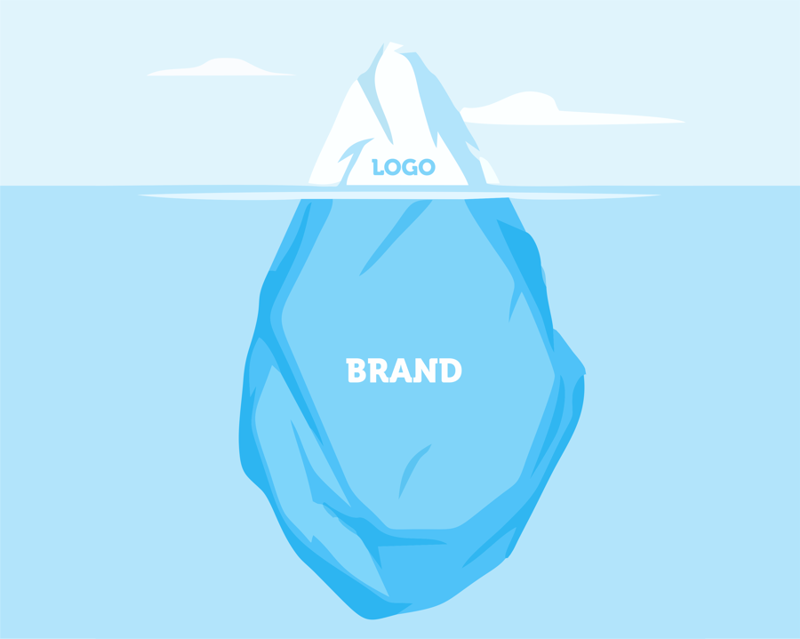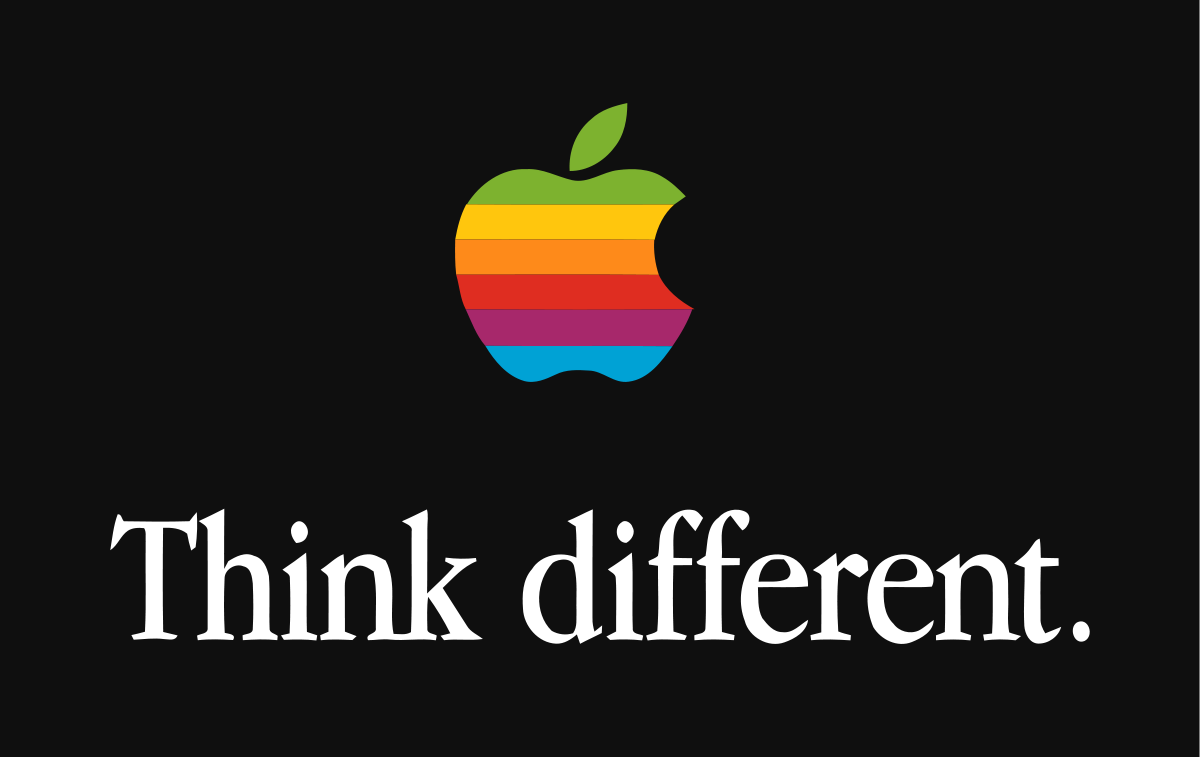In this day and age, consumers are acquiring more power than ever before within the business landscape. Due to the high saturation of markets, customers are being bombarded with an increasing number of products and marketing messages every day.
When people come across the term ‘branding,’ the first thing that they may think of is the name and logo that is associated with a particular business. However, branding covers more than just the visual elements of a business.
What is Brand Identity?
Simply put, branding is a necessary communication strategy used to help identify and distinguish one brand from another. In competitive markets, branding is crucial in paving the way for a business’ success as it increases customer recognition and recall of the business.
To look at it holistically, branding is comprised of the following main factors:
- Brand identity
- Visual expressions
- Brand personality
- Brand experience
By improving on these factors, your companies brand can go from good to great, and potentially become an industry leader.
In competitive markets, branding is crucial in paving the way for a business’ success as it increases customer recognition Click To Tweet1) Understand Who Your Company is as a Brand
Having a good knowledge of your brand should be a basic starting point for building a strong and unique brand identity — Who are you as a brand, what is your purpose, and what are your values? These are questions that you should ask yourself when building a business.
You want to be able to communicate to your consumers precisely what you want your brand to be known for.
With that being said, make sure that you know what kind of products you want to sell and which types of consumers you want to target. This way, you will be able to accurately shape your communication strategy around them.
2) Be Different — Stand Out From Your Competition
Although it may sound cliché, being different from other brands is truly something that can make you stand out.
Find a key selling point that is exclusive to you, something that no other brand can offer. Push these qualities forward and emphasize it to your ideal customers.
In such a cluttered market, this can shift the attention towards your brand and help convince customers why they should choose you and not the thousands of other brands operating within the same market. Additionally, it can elicit a better recall of the brand on a long-term basis.
For instance, Coca-cola became a leading beverage brand due to its unique bottle packaging as well as the playful, family-friendly, and unifying messages. It is specifically marketed as a refreshing drink to have after a long day at work. Hence, Coca-cola is associated with celebrations, freedom, and feelings of happiness.
3) Have a Brand With Consistent Visual Expression
They say that a picture is worth a thousand words, and this can not be any truer when it comes to your brand’s visual communication.
Logos are one of the most symbolic aspects of your visual communication. Click To TweetVisual elements play a vital role in setting your brand apart from others. In addition to the name of the brand, the logo, choice of font, color palette, and other design features will make up a large part of your brand image and identity.
Picking The Right Logo For Your Brand
Logos are one of the most symbolic aspects of your visual communication. It can even be the first visual element that consumers notice about your brand. Therefore, pick one that is eye-catching, different, and easy to recognize.
Think Nike and Apple. These are two of the world’s most established brands. Nike’s “Swoosh” symbol is easily recognized by global consumers, even in the absence of the brand’s name next to it. Similarly, the bitten apple is popularly known for being a logo that exclusively belongs to Apple.
 Deciding on what your logo and design should look like can be a complicated and overwhelming task. However, carefully choosing one that perfectly matches your brand can leave a positive and lasting impression on your ideal customers.
Deciding on what your logo and design should look like can be a complicated and overwhelming task. However, carefully choosing one that perfectly matches your brand can leave a positive and lasting impression on your ideal customers.
Here are some statistics on branding that prove that all these details that might seem minute end up paying off at the end.
Selecting Fonts & Colors That Match Your Brand’s Identity
Depending on how you want people to perceive your brand, fonts, and colors can also help communicate the essence of your brand as well as its personality.
Do you want your brand to be viewed as classic, modern, feminine, or edgy? Choosing the right typography and color scheme can make a significant impact on how people perceive your brand.
For example, while classic, modern typefaces, formal script and monochrome colors can associate your brand with luxury or professionalism, casual scripts and a bright color scheme can express more of a friendly and playful personality.
Cohesive Brand Elements
The key is to create visual expressions that are professional, memorable, and most importantly, cohesive.
Visual expression across all platforms, both online and offline, must be consistent with one another. Click To TweetThere must be a clear connection between each of your visual elements to communicate your brand message effectively. This means that your visual expression across all platforms, both online and offline, must be consistent with one another.

To do this, you should use the same colors, fonts, and design styles in your physical and online stores, websites, social media channels, packaging, business cards, etc. Collectively, this will aid you in creating a powerful brand image and identity.
4) Give Your Brand A Voice
Personifying your brand is an incredibly useful way in which you can make your brand identity more unique. While the visual elements are great tools that can be used to develop your brand personality, the tone of voice of your brand is equally as important.
The first step is to have a good knowledge of who your target consumers are. Are they seniors, children, millennials, men, women, local or global consumers? Use a specific tone of voice that will appeal to these consumers.
Secondly, will you use a professional or casual tone of voice? Do you want to be perceived as luxurious, classy, or playful? There are various personalities and tones of voice that you can choose to associate with your brand. Whichever you choose, make sure that they are representative of your brand.
Here’s how Airbnb developed their brand voice:
Your tone of voice should match your visual expression, and it should remain clear and consistent across all of your channels. Do not attain a professional tone of voice with quirky and colorful visuals. Discrepancies between these elements can hold you back from communicating a strong brand message.
5) Create a Captivating Brand Experience
When it comes to branding, it is not always solely about aesthetics. It is also about the brand experience you create for your customers.
Consumers choose brands not only for the products that they offer. They prefer brands that have similar values to them. The more consumers can identify and associate themselves with a brand, the more likely that brand becomes meaningful in their lives. This is where marketing will come into play.
Here’s some more in-depth knowledge on creating a captivating brand experience.
The brand experience can enhance the feelings and connections that customers have with the brand. A unifying visual communication and tone of voice can highly support this. However, it is important to point out that customers interact with the brand itself and not necessarily its visual identity.
Whether it is through your packaging, store designs, websites, social media, or even sales assistants, make sure all of your touch-points provide a positive interactive experience that potential customers will remember you by.
Any Questions on Branding or Brand Identity?
This blog aimed to provide helpful tips on how businesses can create a unique brand identity. As branding has become a strong determinant of a business’ success, this topic is relevant to anyone running their own businesses or working in marketing-related jobs.
Any further questions or comments about brand identity or branding, in general, are welcome down below.


1 Comment
Pingback: How to Track and Measure The Success of Video Campaigns | Raw Shorts